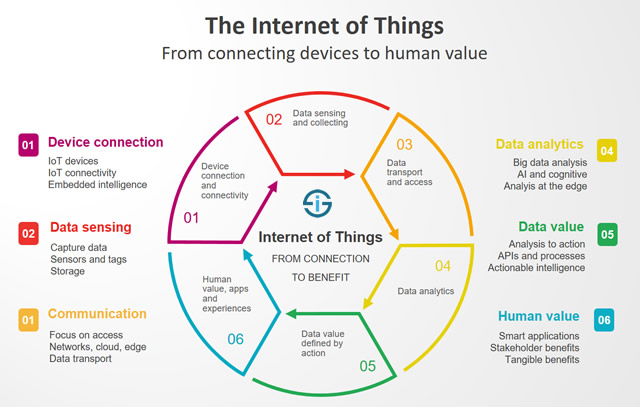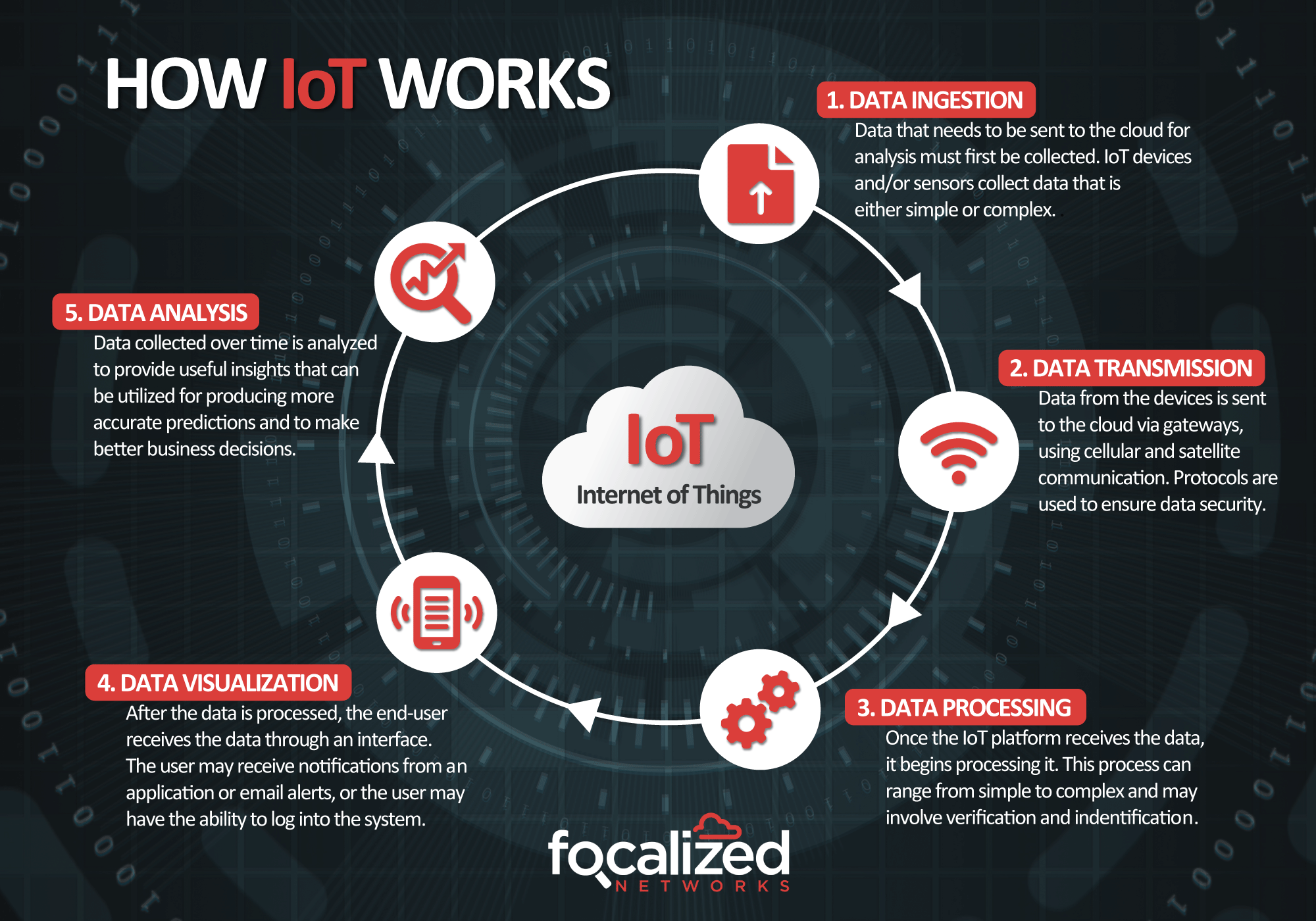R&M – R&M with its Own 19-Inch Cabinets
 R&M, the globally active developer and provider of high-end infrastructure solutions for data and communications networks, is expanding its range with its 19-inch cabinets.
R&M, the globally active developer and provider of high-end infrastructure solutions for data and communications networks, is expanding its range with its 19-inch cabinets.
Made of sheet steel, the cabinets accommodate key elements of local data networks. These include servers, switches, and patch panels. PCs, network drives, routers, power supply, fans, and devices for the Internet of Things (IoT) can also be installed.
The new product family will become part of the R&Mfreenet system. It comprises wall cabinets from 9 to 24 height units and standard-sized standing cabinets with 42 height units as well as glass and perforated doors. The standing cabinets allow a payload of up to 1,500 kg. They can be configured in a variety of ways. Thanks to their attractive design, the network cabinets fit into any environment such as offices, public buildings, residential buildings, and industrial facilities.
All-in-one solutions for local area networks
The R&Mfreenet cabinets complement the R&M range for network infrastructures available worldwide. For building and floor distributors in LAN installations, R&M, therefore, offers all-in-one solutions with cabling, fixtures, and cabinets. The accessories include cable managers, cable brackets, shelves, and drawers.
R&M delivers the 19-inch cabinets individually or in any quantity. They are offered either as a space-saving «flat-pack» version or as a pre-assembled version to reduce assembly time. The 19-inch cabinets are manufactured in R&M’s factories in Europe and China for the local markets. Customers receive a five-year product warranty.




Source
R&M
EMR Analysis
More information on R&M: See the full profile on EMR Executive Services
More information on Michel Riva (CEO, R&M): See the full profile on EMR Executive Services
More information on Freenet Rack Systems by R&M: https://www.rdm.com/freenet-rack-systems/ + A new generation of network and server cabinets.
The Freenet LAN/Server cabinet is specially designed for heavy loads and offers an impressive load capacity from 800 kg up to 1200 kg. No more worrying about the stability of your network infrastructure – our Freenet cabinets effortlessly handle the most demanding tasks. And the best part? The new “Freenet” is also available as a flatpack version! Perfect for difficult delivery situations where space and access are limited. With our clever flatpack design, the cabinet is packed to save space and is easy to transport and assemble on site.
EMR Additional Notes:
- IOT (The Internet Of Things):
- The Internet of Things (IoT) refers to a system of interrelated, internet-connected objects that are able to collect and transfer data over a wireless network without human intervention.
- Describes the network of physical objects—“things”—that are embedded with sensors, software, and other technologies for the purpose of connecting and exchanging data with other devices and systems over the internet.
- The Most Popular IoT Devices are:
- Smart watches are the most popular IoT devices. …
- Gaming consoles. …
- Smart TV sets and content streaming devices. …
- Voice control devices. …
- Printers. …
- Cameras. …
- Lighting appliances. …
- Smart thermostats.


- Industrial IoT Solutions:
- Industrial IoT (IIoT) involves collecting and analyzing sensor-generated data to support equipment monitoring and maintenance, production process analytics and control, and more. In manufacturing IT since 1989, ScienceSoft offers IIoT consulting and development to create secure IIoT solutions.
- IT & OT:
- Information technology (IT) refers to anything related to computer technology, including hardware and software. Your email, for example, falls under the IT umbrella. This form of technology is less common in industrial settings, but often constitutes the technological backbone of most organizations and companies. These devices and programs have little autonomy and are updated frequently.
- Operational technology (OT) refers to the hardware and software used to change, monitor, or control physical devices, processes, and events within a company or organization. This form of technology is most commonly used in industrial settings, and the devices this technology refers to typically have more autonomy than information technology devices or programs. Examples of OT include SCADA (Supervisory Control and Data Acquisition).
- => The main difference between OT and IT devices is that OT devices control the physical world, while IT systems manage data.
- LAN (Local Area Network):
- A local area network is a computer network that interconnects computers within a limited area such as a residence, school, laboratory, university campus or office building.
- By contrast, a wide area network not only covers a larger geographic distance, but also generally involves leased telecommunication circuits.
- LAN networking requires Ethernet cables and Layer 2 switches along with devices that can connect and communicate using Ethernet. Larger LANs often include Layer 3 switches or routers to streamline traffic flows.
- A LAN enables users to connect to internal servers, websites and other LANs that belong to the same wide area network (WAN). Ethernet and Wi-Fi are the two primary ways to enable LAN connections.
- Ethernet is an Institute of Electrical and Electronics Engineers (IEEE) specification that enables computers to communicate with each other. Wi-Fi uses radio waves in the 2.4 gigahertz and 5 GHz spectrum to connect computers to the LAN.
- WLAN (Wireless Local-Area Network):
- Goup of colocated computers or other devices that form a network based on radio transmissions rather than wired connections. A Wi-Fi network is a type of WLAN; anyone connected to Wi-Fi while reading this webpage is using a WLAN.
- A wireless LAN is a wireless computer network that links two or more devices using wireless communication to form a local area network within a limited area such as a home, school, computer laboratory, campus, or office building.

